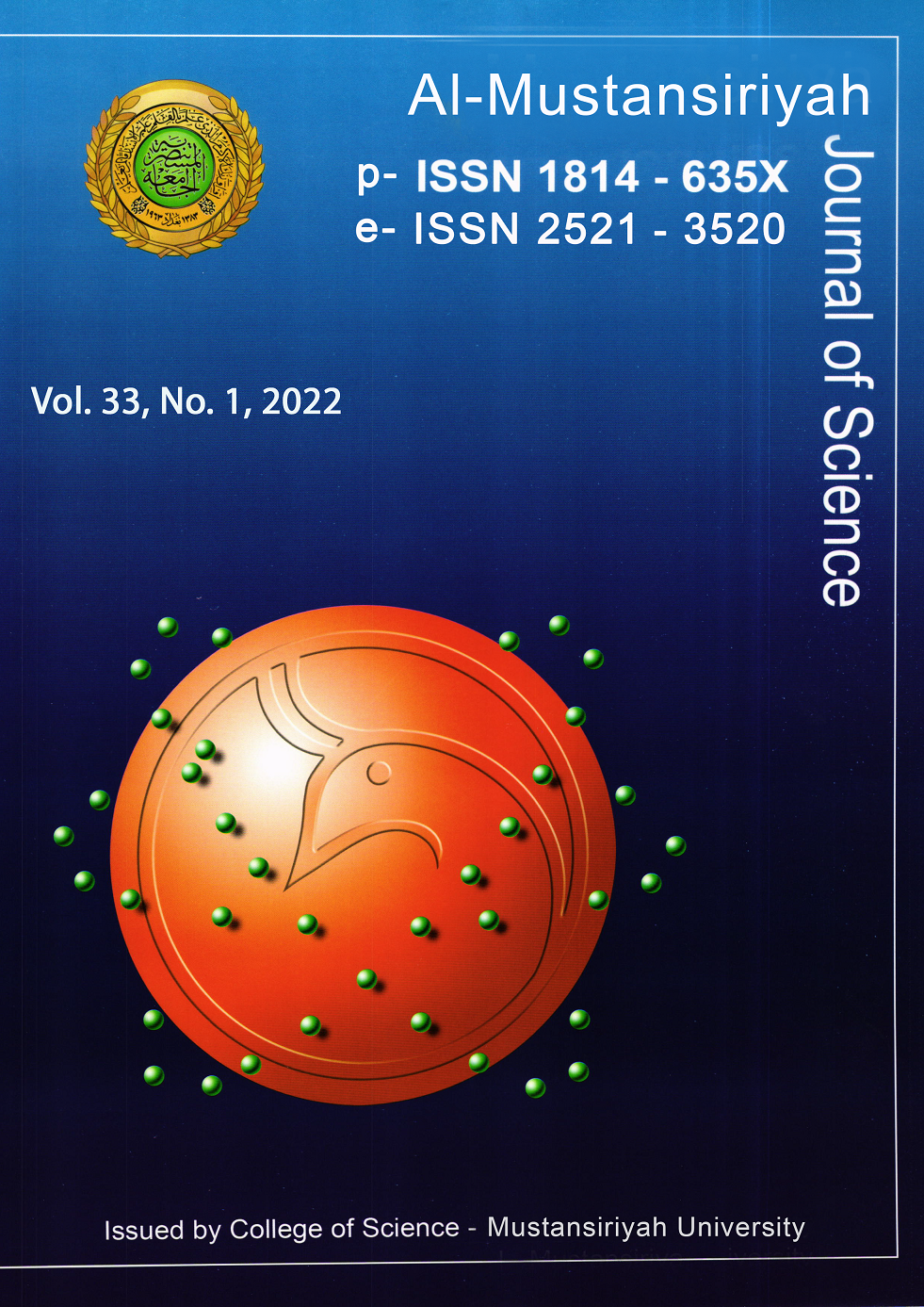Effect of Cooling Rates and rapidly quenched on Al-Si alloy
DOI:
https://doi.org/10.23851/mjs.v33i1.1084Keywords:
Casting, Aluminum alloys, Microstructure, XRD and Mechanical properties.Abstract
Due to its unique properties, the material could be applicable in the automotive industry for the manufacture of exhaust valves, for wear parts, and probably as a material for selected aggressive chemical environments. The solidification behavior of the Al-80.5 % Si-19.5 (A), Al-79% Si21% (B) and Al-77.5 % Si-22.5 % (C) alloys at slowly cooling and Rapidly quenched are reported and discussed. The samples were characterized by X-ray diffraction to calculated lattice constant, optical microscopy and mechanically by (Tensile test, and Hardness) in order to evaluate the response of the heat treatment on the different starting microstructures and mechanical properties.
It was found that the lattice parameters for all Si contents decreases with increasing Si content in the solid solution. All mineral compounds formed during hardening were examined by optical microscopy. The highest maximum tensile strength was 120 MPa in the sample Al-22.5Si (Slowly cooled) and 126MPa in the sample Al-22.5Si (rapidly quenched) in the same weight, and highest hardness was 77 HB in the sample Al-22.5Si (Slowly cooled), and 81 HB in the sample Al-22.5Si (rapidly quenched).Downloads
References
Hirsch, J.; Al-Samman, T. Superior light metals by texture engineering: Optimized aluminum and magnesium alloys for automotive applications. Acta Mater. 2013, 61, 818-843.
Suk Bong Kang et al, Effect of Cooling Rate on Microstructure and Mechanical Properties in Al-Si Alloys, Proceedings of the 12th International Conference on 675 Aluminium Alloys, September 5-9, 2010, Yokohama, Japan©2010 The Japan Institute of Light Metals pp. 675-680.
Miguel Angel Suarez et al, Study of the Al-Si-X System by Different Cooling Rates and Heat Treatment. Materials Research. 2012; 15(5): 763-769
Alexander Chaus et al, Effect of Rapid Quenching on the Solidification Microstructure, Tensile Properties and Fracture of Secondary Hypereutectic Al-18%Si-2%Cu Alloy, Metals 2020, 10, 819; doi:10.339
S.P. Nikanorov et al, Structural and mechanical properties of Al-Si alloys obtained by fast cooling of a levitated melt, Materials Science and Engineering A 390 (2005) 63-69
Pavel Novák , Tomáš Vanka , Kateˇrina Nová, Jan Stoulil , Filip Pr ˚uša , Jaromír Kopeˇcek, Petr Haušild and František Laufek ," Structure and Properties of Fe-Al-Si Alloy Prepared by Mechanical Alloying" Materials 2019, 12, 2463.
Xiaoyang Liu, Keito Sekizawa , Asuka Suzuki , Naoki Takata , Makoto Kobashi and Tetsuya Yamada "Compressive Properties of Al-Si Alloy Lattice Structures with Three Different Unit Cells Fabricated via Laser Powder Bed Fusion" Materials 2020, 13, 2902;
Farah Tariq Mohammed, MSc in physic' Lattice strain & grain morophology of Al-Si alloy system " Baghdad, 2002.
Orhan UZUN, Tuncay KARAASLAN, Mustafa KESK˙ IN," ˙ ITAK Production and Structure of Rapidly Solidified Al-Si Alloys"Turk. J. Phys. 25 (2001) , 455 - 466.
Downloads
Key Dates
Published
Issue
Section
License
Copyright (c) 2022 Al-Mustansiriyah Journal of Science

This work is licensed under a Creative Commons Attribution-NonCommercial 4.0 International License.
(Starting May 5, 2024) Authors retain copyright and grant the journal right of first publication with the work simultaneously licensed under a Creative Commons Attribution (CC-BY) 4.0 License that allows others to share the work with an acknowledgement of the work’s authorship and initial publication in this journal.






















